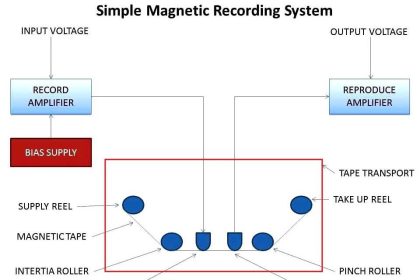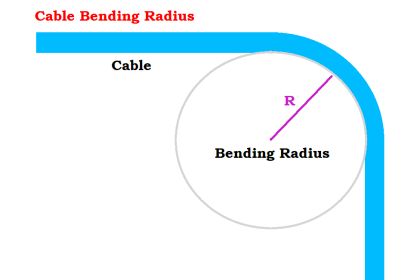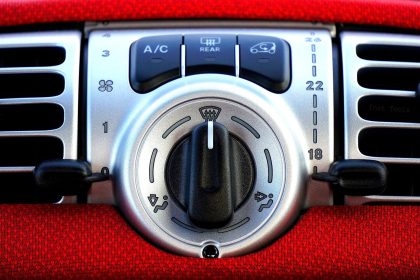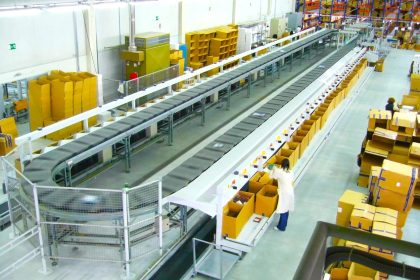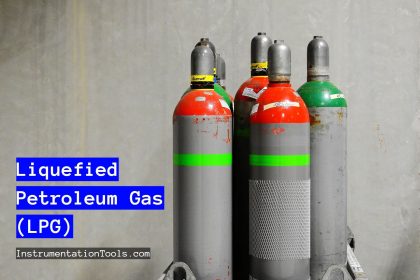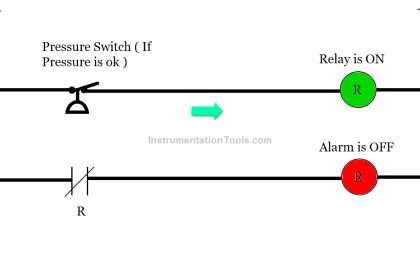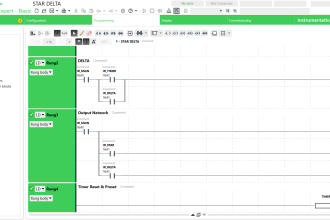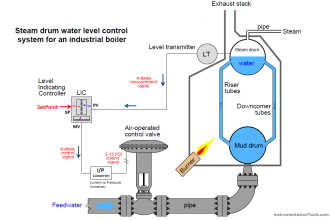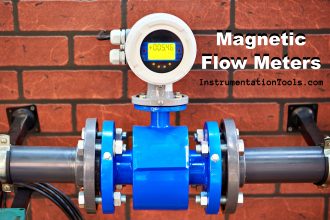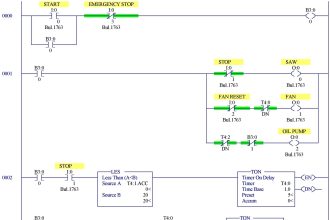In this post, we will learn the types of air conditioning systems.
Air conditioners are a basic part of any domestic, industrial or commercial room. Basically, it is used to maintain the temperature and humidity of a room.
As compared to AHU, which are vast units and are of large capacities, AC’s are small units that cool a set amount of area (not bigger; typically consider a single room in your house. If the room is big, then it will require two AC’s).
Air conditioners come in various specifications and sizes. Depending upon your requirement, you need to choose the correct one.
In this post, we will see the various types of air conditioners.
Portable Air Conditioners
As the name implies, portable air conditioners are the ones in which the AC unit can be ported or moved anywhere. It has wheels at the bottom, through which can adjust the unit wherever you require.
All the basic components of a refrigeration cycle – like evaporator coil, refrigerant gas, condenser coil, compressor, and fan; are present in this single unit. You just need to plug in the socket and it will start working.
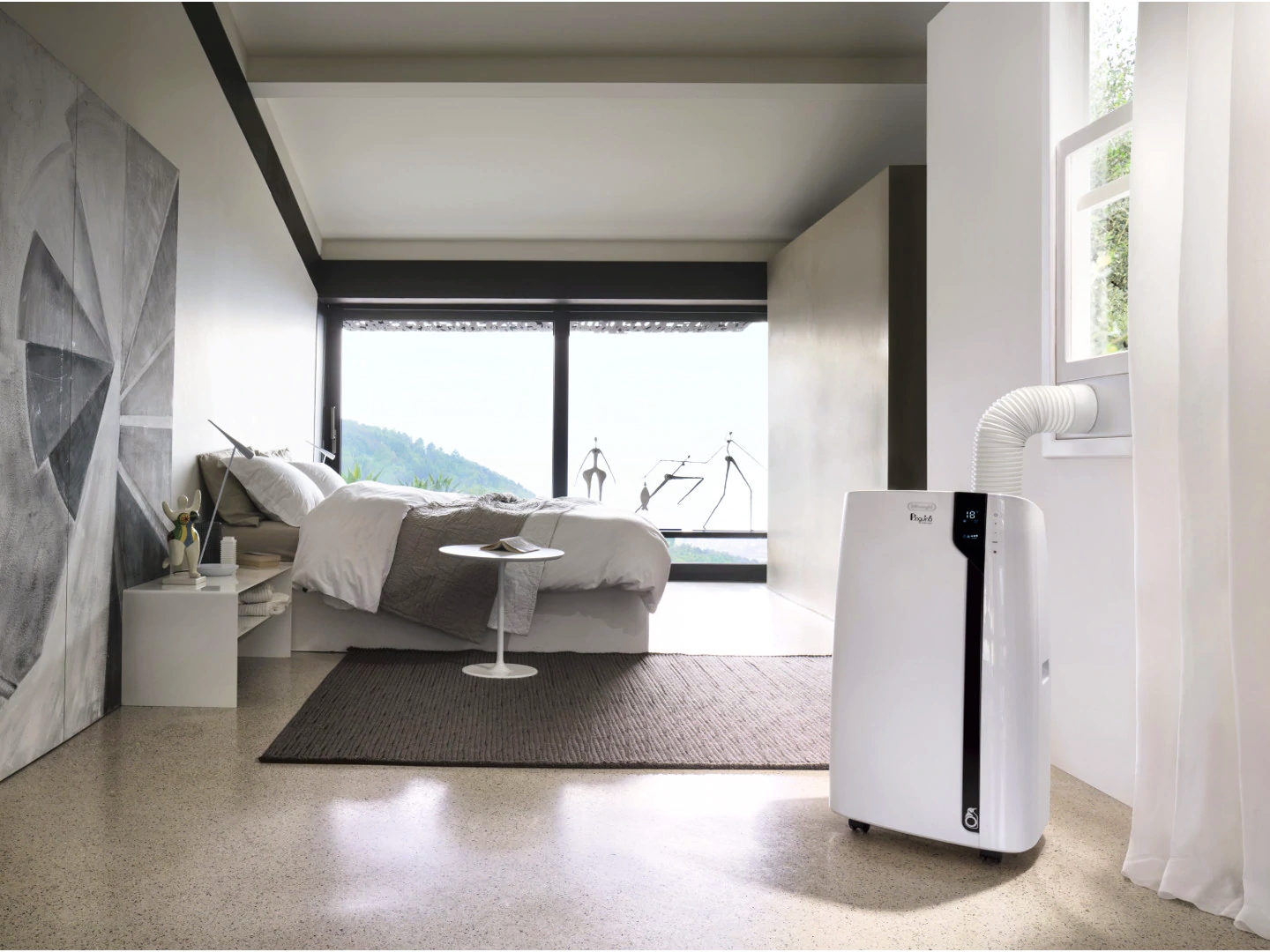
One thing to be considered is that it requires a window to operate; because the hot air condensed needs to be thrown into the atmosphere according to heat exchange theory.
They are of two types – single hose and double hose.
In a single hose, the vent is used just to exhaust the hot air outside. So, only the indoor room air is sucked, cooled, and released in the room again. It does not use any outside air.
In a double hose, two vents are used; one to exhaust the hot air outside and the other to pull fresh air from outside. So, apart from the indoor room air, outside air is also provided for cooling, which reduces the load on the air conditioner.
But, they cool a small amount of area as compared to other air conditioners. Also, they are noisy during operation and the main criterion to use them is a window. Without the window, there is no use in porting it anywhere, because the exhaust air will then cannot be dumped.
Window Air Conditioners
As the name implies, window air conditioners are the ones in which the AC unit is inserted between the windows. All the basic components of a refrigeration cycle – like evaporator coil, refrigerant gas, condenser coil, compressor, and fan; are present in this single unit.
You just need to plug in the socket and it will start working. It is a convenient option as you can move the unit from any window to the window. The cooling unit will be inside the window and the exhaust unit will be outside the window.
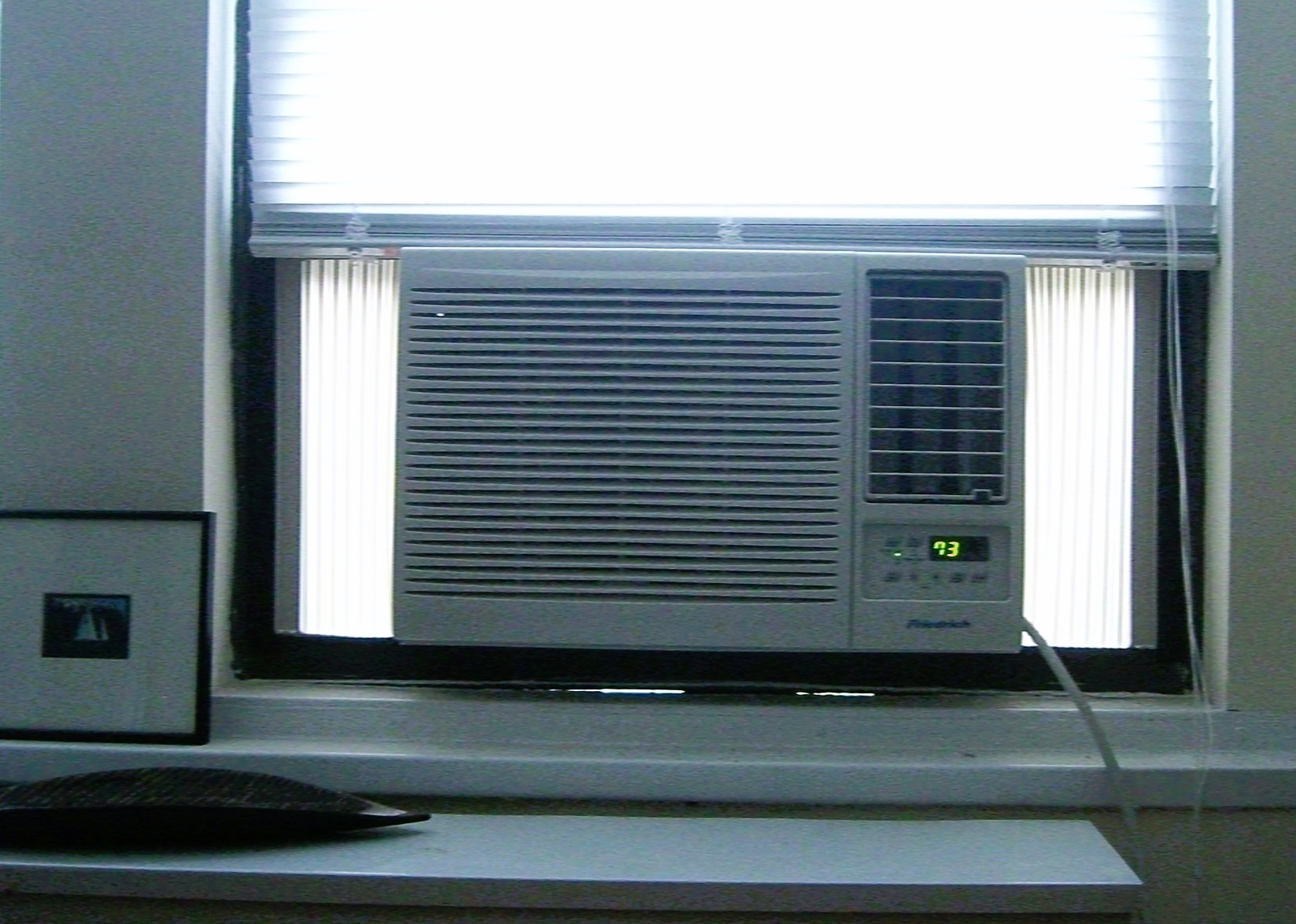
They are cheaper in cost as compared to other air conditioners. Also, they are easy to maintain and as they are installed between windows, they do not take up your floor space.
But, they are noisy in operation and can obstruct the window outside view. Also, if the window shape is not proper, then this AC cannot be installed properly.
Ducted Air Conditioners
In big buildings, where it is practically impossible to install a single unit in every room and will make the look clumsy and bulkier, central air conditioners are installed.
Basically, the whole AC unit is placed on the building rooftop or terrace. Ducts are installed between the building walls from the cooling unit to the exhaust unit. Each of the duct openings (vents) then cools a single room from the wall top and sucks hot air from the room to the exhaust unit.
It cools all the rooms in one single go. You just need to start the big AC units and then, it can eventually cool the whole building. The main advantage is that it is noiseless in the room (due to the absence of any unit) and also, and humidity is controlled in a great way.
But, as the units are large and of high power, energy bills are also more. And, if some issue arises in ducts, then it becomes difficult to find the exact duct by tracking it and solving the issue. Also, duct leakage can reduce efficiency.
Wall Mounted Ductless Air Conditioners
It is similar to ducted air conditioners. The AC unit is placed outside the room. The difference is that it can cool only a single room. The AC that we normally use at home, which is mounted on walls, is this type of AC. Inside the room, the indoor unit comprises evaporator coils and a blower.
The remaining refrigerant components are placed outside the room. So, as ducted AC’s cool multiple rooms, ductless AC’s cool a single room. They are also called as split AC’s.
It is cheaper than ducted AC’s. They are more efficient than portable or window AC’s. These AC’s are very smart and provide a wide variety of temperature and humidity mode controls.
But, they cannot cool large rooms. Though the energy bills are lower than ducted AC’s, they are still not that low as compared to portable or window AC’s.
Floor Ductless Air Conditioners
It is similar to wall-mounted ductless air conditioners. The AC unit is placed outside the room. The difference is that it is mounted on the floor, and not on walls.
When you do not know where to install AC on the wall, or you do not enough space, then this type is the best one. Inside the room, the indoor unit comprises evaporator coils and a blower. The remaining refrigerant components are placed outside the room.
The main advantage is that as it is on the floor and within your reach, you can clean the air filters easily or maintain them properly. The unit can be placed only 6 inches above the floor.
It is cheaper than ducted AC’s. They are more efficient than portable or window AC’s. These AC’s are very smart and provide a wide variety of temperature and humidity mode controls.
But, they cannot cool large rooms. Though the energy bills are lower than ducted AC’s, they are still not that low as compared to portable or window AC. Also, as it is placed on floors, you face some restrictions in placing new furniture if space is not there.
Smart Air Conditioners
It is just an extension of wall-mounted or floor ACs. Instead of remote control, the access can be done by mobiles. It is connected with Wi-Fi and is also IoT-enabled.
Also, they come with a wide variety of options and controls, which literally increase the efficiency and productivity of AC.
Geothermal Air Conditioners
Geothermal HVAC refers to geothermal heating, cooling, and ventilation. Geothermal HVAC uses energy stored in the ground to heat and cool your home.
That way, heating, ventilation, and air conditioning benefit from free and renewable geothermal energy. It utilizes the insulating properties of the earth.
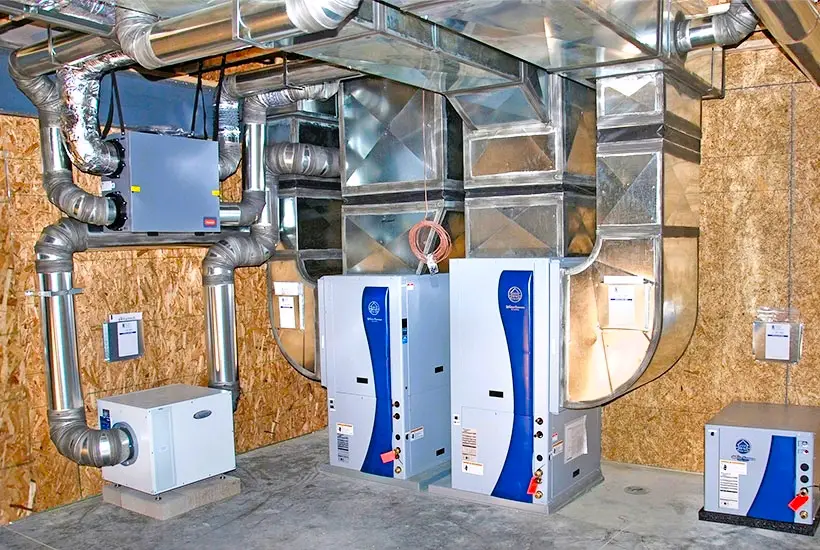
As the temperature under 4-6 feet of ground remains relatively consistent regardless of the outside weather, this method uses the technique to heat or cool the home. It has piping that consists of a loop circulating water between your home, heat pump, and ground.
Geothermal power is free, renewable, and sustainable. Geothermal energy can provide your household with heating and cooling methods, hot water supply, and air conditioning.
The source is free and renewable. The heat from the sun is stored in the upper layer of the ground, and this makes geothermal energy a reliable source that will provide you with constant heating and cooling.
In this way, we understand the various types of air conditioners.
